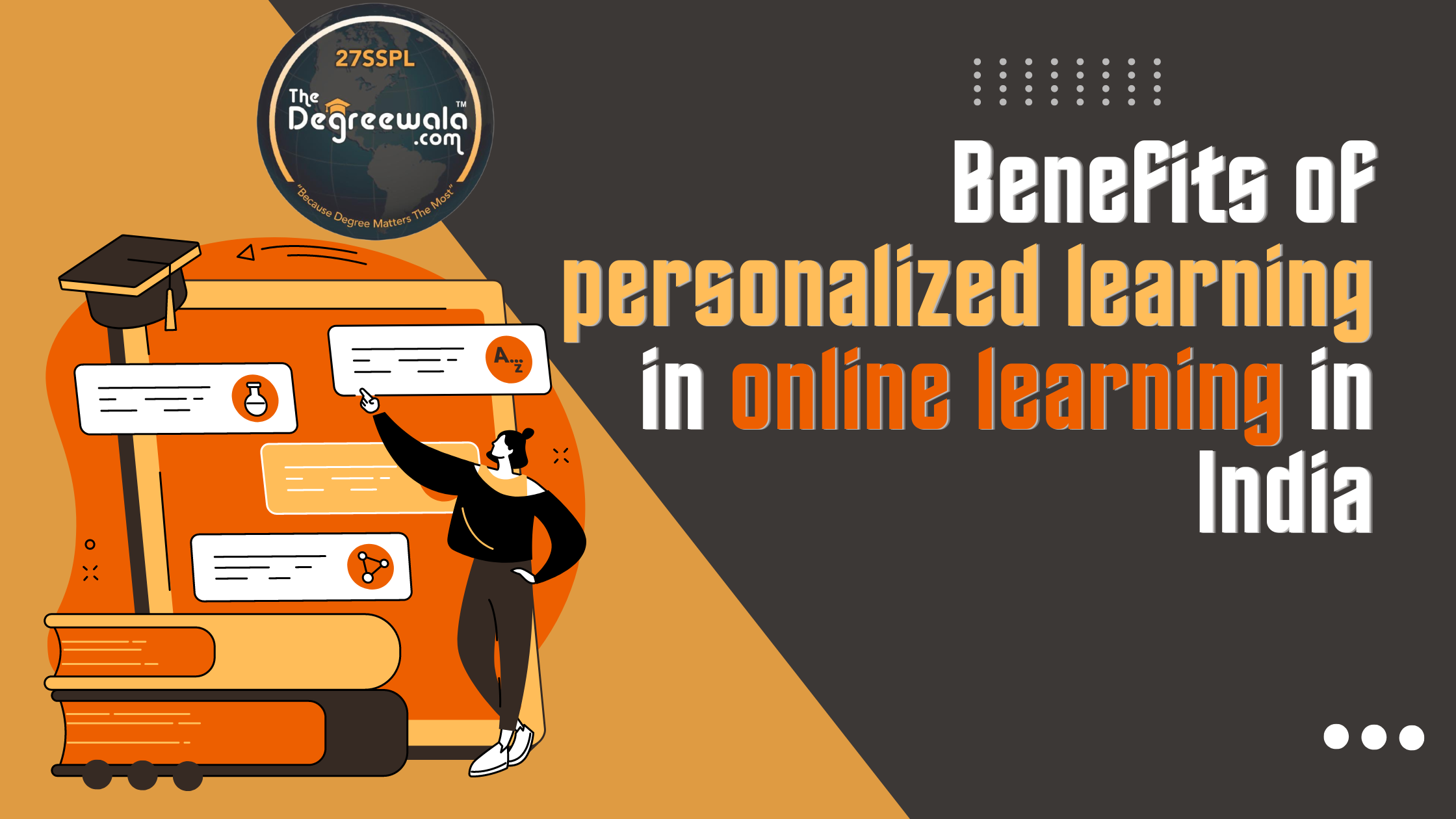Online Learning vs. Traditional Learning in India: Which is Better?
As the world evolves, the educational landscape is constantly changing. Online learning has become a popular alternative to traditional classroom-based learning, especially in light of the COVID-19 pandemic. In India, there is an ongoing debate over which method of learning is better. In this blog, we will compare online learning and traditional learning in India and provide an analysis of the benefits and drawbacks of each approach.
Online Learning in India
Online learning has been growing in popularity in India in recent years. According to a report by KPMG, the Indian online education market is expected to reach $1.96 billion by 2021. This growth can be attributed to several factors:
-
The ease and convenience of studying online
-
The affordability of online courses
-
Access to a vast array of courses and programs, including advanced degrees like Online MBA programs
One of the major advantages of online learning in India is the flexibility it offers. Students can learn at their own pace and on their own schedule, which is particularly beneficial for those who have busy work schedules or other commitments.
Traditional Learning in India
While online learning is growing in popularity, traditional classroom-based learning is still the norm in India. In the traditional classroom, students have face-to-face interactions with their teachers and peers. They have the opportunity to participate in discussions, ask questions, and receive immediate feedback. Traditional learning provides:
-
A structured environment for learning
-
The opportunity for social interaction
-
A greater sense of accountability, as students are expected to attend classes regularly and keep up with assignments
-
Hands-on experiences and a sense of community
Comparing Online Learning and Traditional Learning in India
When comparing online learning and traditional learning in India, there are several factors to consider. One of the most significant differences is the level of flexibility. Online learning provides students with the freedom to learn on their own schedule, while traditional learning requires students to attend classes at set times. Online learning is also more affordable than traditional learning, as there are no transportation or accommodation costs.
However, traditional learning provides students with a sense of accountability and fosters a community-based learning experience. Classroom-based learning also provides a greater opportunity for immediate feedback and discussion. Traditional learning emphasizes the importance of critical thinking and problem-solving skills, which are essential for success in many fields.
The Bottom Line
When it comes to choosing between online learning and traditional learning in India, there is no one-size-fits-all answer. The choice depends on several factors, including the individual’s learning style, schedule, and personal preferences. While online learning provides greater flexibility and convenience, traditional learning offers a structured environment and fosters a community-based learning experience. Ultimately, the decision comes down to the individual’s needs and priorities.
In conclusion, online learning and traditional learning in India each have their own benefits and drawbacks. Both methods have their own unique advantages and limitations, and it is important for individuals to choose the method that is best suited to their needs. At thedegreewala.com, we offer a wide range of online learning programs that provide students with the flexibility and convenience they need to succeed in today’s ever-evolving educational landscape.





